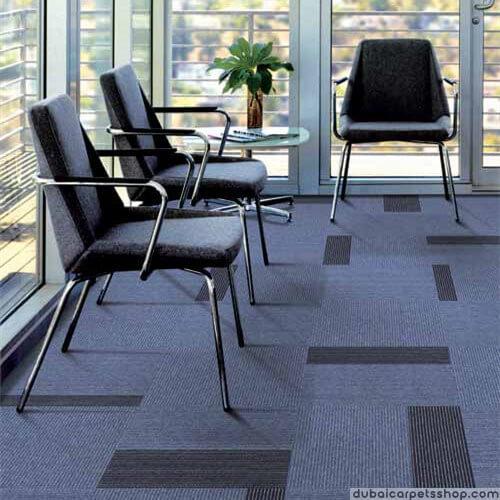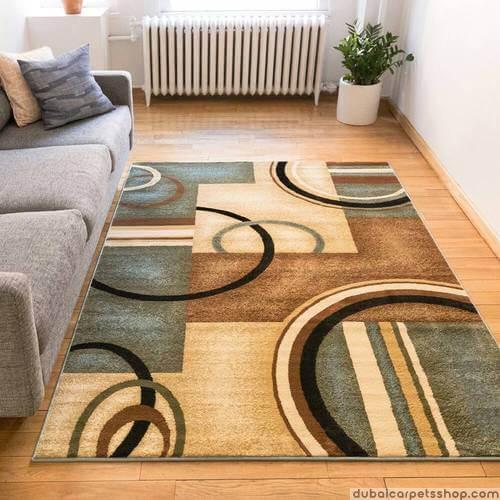Unveiling the Timeless Allure of Carpets: Weaving Comfort, Style, and Tradition
Carpets, often referred to as "woven art," have been an integral part of human culture for centuries. From ancient civilizations to modern homes, carpets have transcended time and space, captivating hearts with their intricate designs, vivid colors, and undeniable charm. In this article, we embark on a journey to explore the world of carpets, unraveling their historical significance, artistic craftsmanship, and their role in contemporary interior design.
A Tapestry of History
The history of carpets stretches back to ancient civilizations such as Persia, Egypt, and China. Originally used for practical purposes like insulation and warmth, carpets evolved into symbols of prestige and luxury over time. Nomadic tribes and skilled artisans wove stories into these textiles, creating a visual chronicle of their cultures, beliefs, and aspirations.
Craftsmanship Beyond Compare
Carpets are the result of meticulous craftsmanship that marries artistic creativity with technical expertise. Handwoven carpets, in particular, are true marvels, requiring immense skill and patience. Artisans intricately weave each thread, resulting in mesmerizing patterns and textures that evoke emotions and tell stories. The level of detail and precision in handcrafted carpets is a testament to human ingenuity and dedication.
Aesthetic Diversity
One of the most captivating aspects of carpets is their diversity. Every region and culture has its unique carpet-making traditions, resulting in a breathtaking array of styles, motifs, and techniques. From the elaborate floral patterns of Persian rugs to the geometric designs of Moroccan carpets, each style reflects the identity and history of its origin. This diversity ensures that there's a carpet to suit every taste and interior décor.
Carpets in Contemporary Design
While carpets have deep historical roots, they seamlessly integrate into modern interior design, adding warmth, texture, and character to spaces. In contemporary homes, carpets are no longer limited to the floor; they adorn walls as tapestries, adding an element of visual interest. Carpets also play a crucial role in defining areas within open-concept living spaces, offering a sense of coziness and delineation.
Colors and Emotions
The color palette of a carpet can profoundly impact the ambiance of a room. Rich, deep colors can create an atmosphere of opulence and elegance, while softer hues evoke tranquility and serenity. Designers often use carpets as focal points or anchors, building the overall color scheme of a space around them. The synergy between colors and emotions makes carpets a powerful tool in interior design.
Preserving Tradition and Heritage
In a world driven by mass production and rapid consumption, handwoven carpets stand as symbols of tradition and heritage. Supporting artisans who continue to create these pieces by hand ensures the preservation of ancient techniques and cultural narratives. By investing in a handcrafted carpet, you're not just acquiring a beautiful piece; you're becoming a custodian of artistry that spans generations.
Conclusion
Carpets are more than just floor coverings; they are expressions of human creativity, cultural heritage, and timeless beauty. From the nomadic weavers of antiquity to contemporary designers pushing the boundaries of innovation, carpets have retained their allure and significance. As you step onto a carpet, you tread upon a tapestry of history and craftsmanship, connecting with cultures and stories that transcend time. Whether you're drawn to the intricate patterns of the East, the tribal motifs of the West, or the vibrant colors of diverse traditions, carpets are a testament to the enduring artistry that enriches our lives and spaces.


.jpg)
Comments
Post a Comment